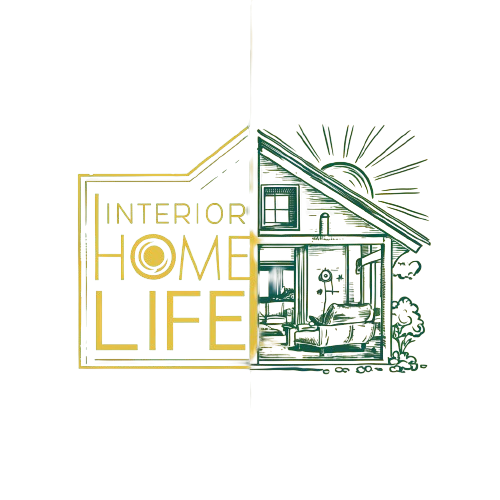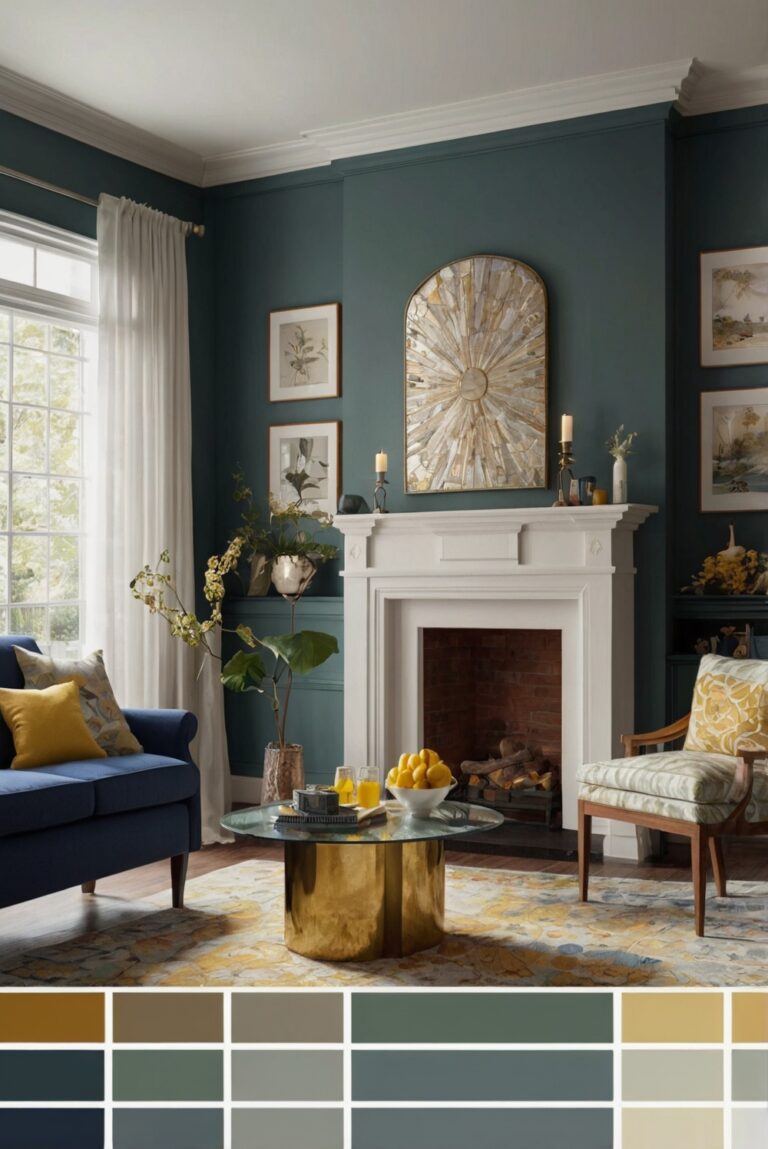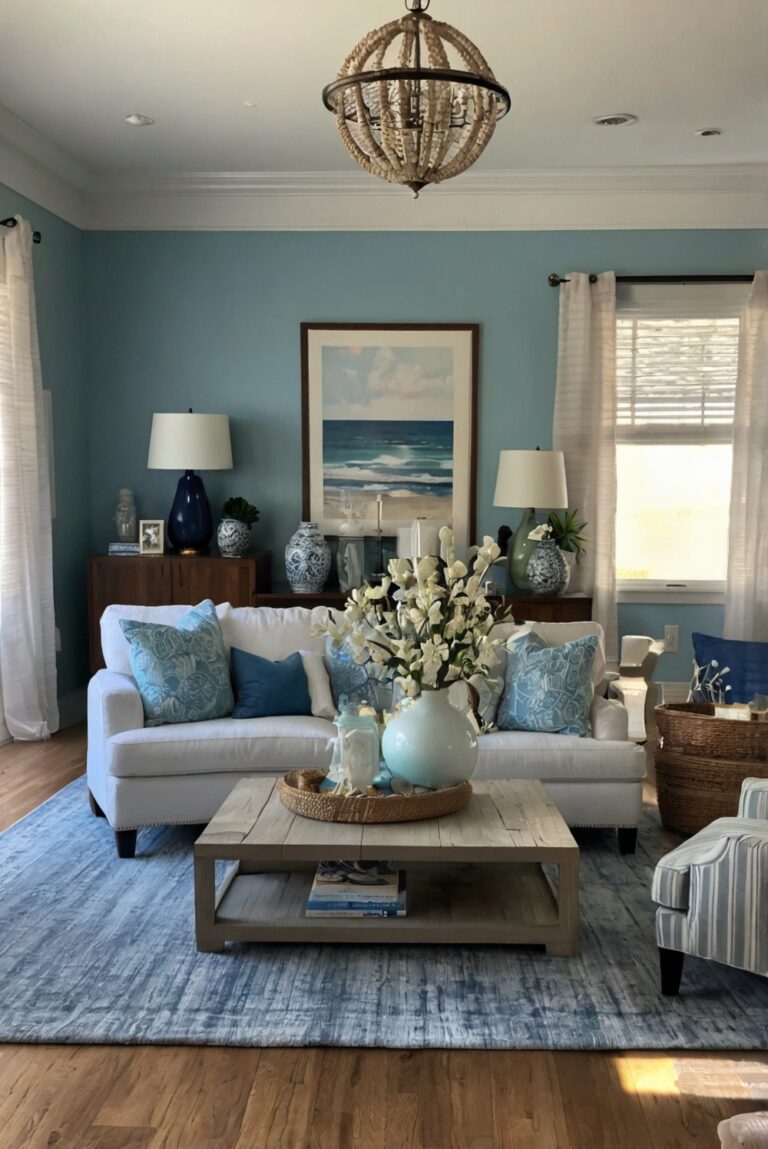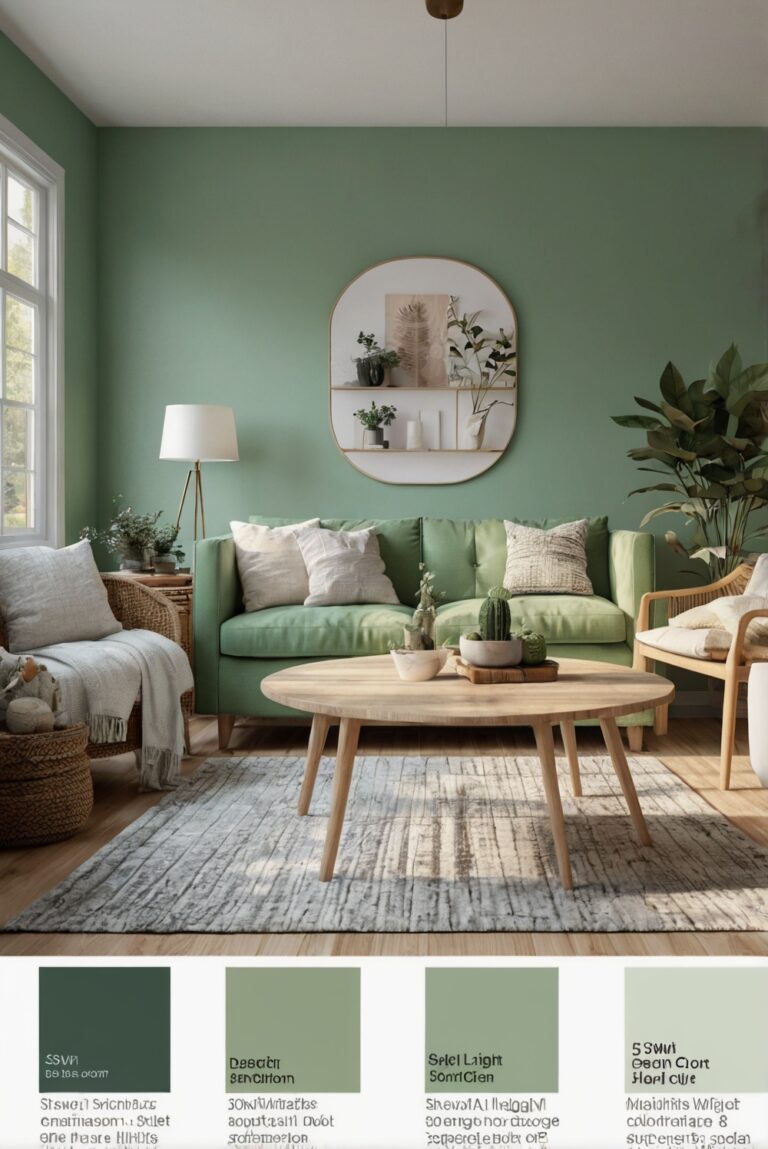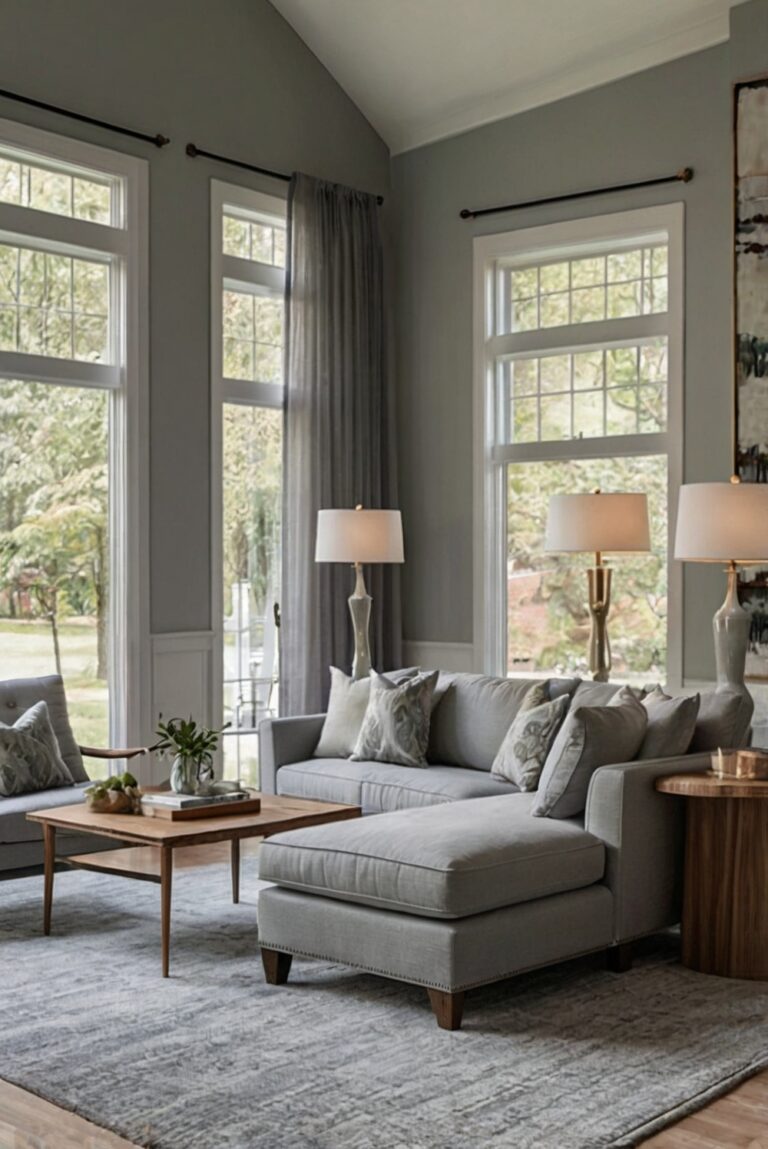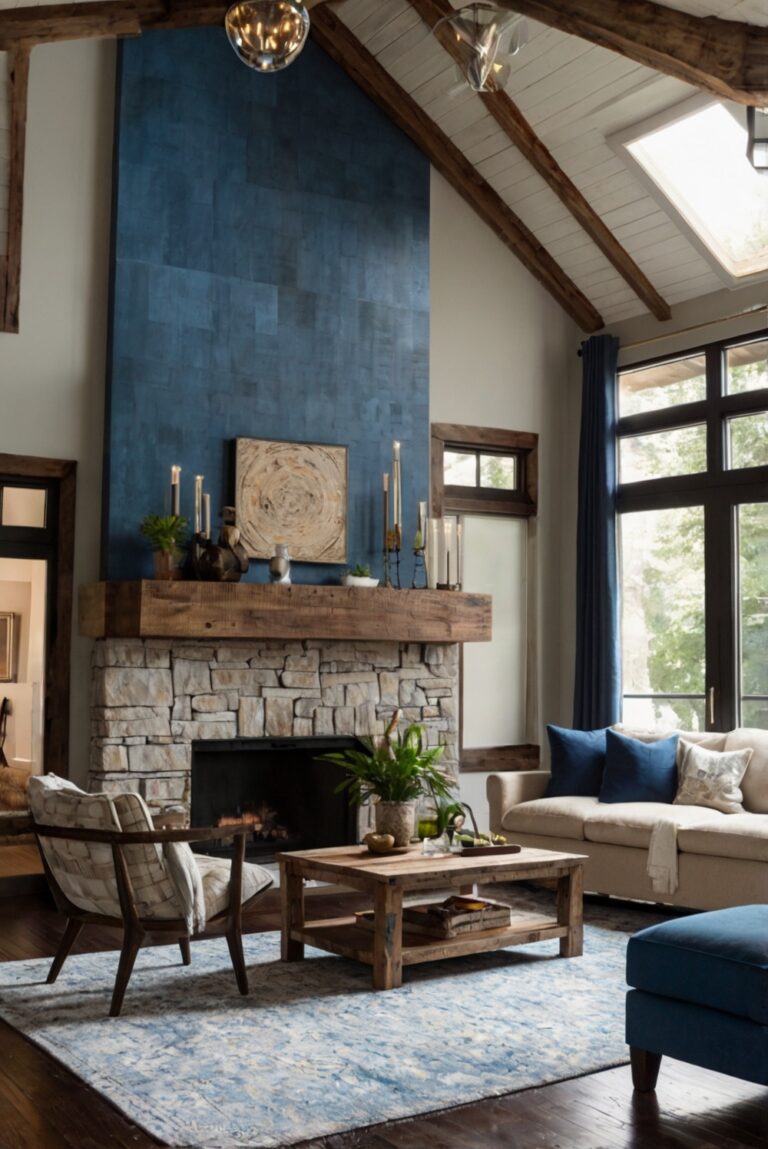How do you choose a sofa that fits a specific design theme?

Explore the art of selecting the perfect sofa to complement your unique design style. Learn how to seamlessly integrate it into your space with expert tips.
**
How do you choose a sofa that fits a specific design theme?
**
Answer:
When selecting a sofa to complement a specific design theme in your home, consider key factors like color, style, and size. Ensure the sofa’s color resonates with the overall color scheme and wall paint for a cohesive look. Choose a style that matches the theme, such as modern, traditional, or bohemian. It’s crucial to measure the space accurately to ensure the sofa fits without overpowering the room. Additionally, consider the material and comfort level. Following these steps will help you achieve a harmonious home interior design that reflects your personal style and enhances your living space.
– *Key Points:* home decorating, home interior, home interior design, space planning, interior bedroom design, living room interior, designer wall paint, home paint colors
When choosing a sofa for a specific design theme, it is important to consider the overall style and aesthetic of the space.
Think about the colors, patterns, and textures that are prominent in the room.
Consider the size and shape of the sofa in relation to the space available.
A large sectional may overwhelm a small room, while a sleek loveseat may get lost in a large living area. Measure the space carefully and choose a sofa that fits proportionally.
Pay attention to the material and construction of the sofa.
Quality materials and craftsmanship are key to ensuring that the sofa not only looks good but also lasts for years to come. Consider factors such as durability, comfort, and maintenance.
Think about the color and pattern of the sofa in relation to the design theme.
A bold, colorful sofa can be a statement piece in a neutral room, while a patterned sofa can add visual interest to a minimalist space.
Consider the style and shape of the sofa in relation to the design theme.
A sleek, modern sofa may complement a contemporary design theme, while a tufted, traditional sofa may be more suited to a classic decor style.
When choosing a sofa that fits a specific design theme, it is essential to consider all these factors to ensure that the sofa not only looks good but also enhances the overall aesthetic of the space.
1. What are the key factors to consider when choosing a sofa that fits a specific design theme?
When choosing a sofa that complements a specific design theme, it is essential to consider factors such as color, style, size, and material. Matching the sofa’s color to the existing color palette of the room is crucial to maintain harmony in the overall design. The style of the sofa should also align with the theme – for example, a sleek, modern sofa for a contemporary design or a rustic, leather sofa for a farmhouse theme. Additionally, the size of the sofa should be proportional to the room and other furniture pieces.
2. How can the material of the sofa impact its suitability for a specific design theme?
The material of the sofa plays a significant role in determining its suitability for a specific design theme. For example, a velvet sofa can add a touch of luxury and elegance to a glamorous theme, while a linen or cotton sofa can enhance a more relaxed, coastal design. Leather sofas are often associated with a classic or industrial style, while fabric sofas offer versatility for various themes. It is essential to consider not only the aesthetics but also the practicality and maintenance of the material when choosing a sofa.
3. What are some tips for selecting a sofa that complements a minimalist design theme?
In a minimalist design theme, less is more, so it is crucial to choose a sofa that reflects simplicity and clean lines. Opt for a sofa with a sleek, streamlined design and neutral colors such as white, beige, or grey. Avoid ornate details or excessive upholstery to maintain a minimalist look. Consider a modular sofa that can be easily customized to fit the space and offer functionality. Minimalist design is all about decluttering and creating a sense of calm, so choose a sofa that contributes to the overall simplicity of the room.
4. How can you mix and match different design elements with a sofa to create a cohesive theme?
Mixing and matching different design elements with a sofa can create a unique and cohesive theme in a room. Start by selecting a focal point or inspiration piece that sets the tone for the design theme. Then, choose a sofa that complements this focal point in terms of color, style, and scale. Add accent pillows, throws, and rugs that tie in with the sofa’s color palette and design style. Incorporate other furniture pieces and accessories that echo the theme, such as artwork, lighting fixtures, and decorative items. By layering different design elements around the sofa, you can create a cohesive and visually appealing theme.
5. What are some popular design themes and the corresponding sofa styles that work well with them?
Popular design themes such as modern, traditional, industrial, bohemian, and coastal each have distinctive characteristics that can be complemented by specific sofa styles. For a modern theme, sleek and minimalist sofas with clean lines and neutral colors are ideal. Traditional themes call for classic sofas with tufted upholstery and ornate details. Industrial designs pair well with leather or distressed fabric sofas that exude a rugged and raw aesthetic. Bohemian themes embrace eclectic and colorful designs, so consider a sofa with vibrant patterns or textures. Coastal themes are best complemented by light and airy sofas in natural materials like rattan or linen. By selecting a sofa that aligns with the design elements of a specific theme, you can create a cohesive and visually appealing space.
